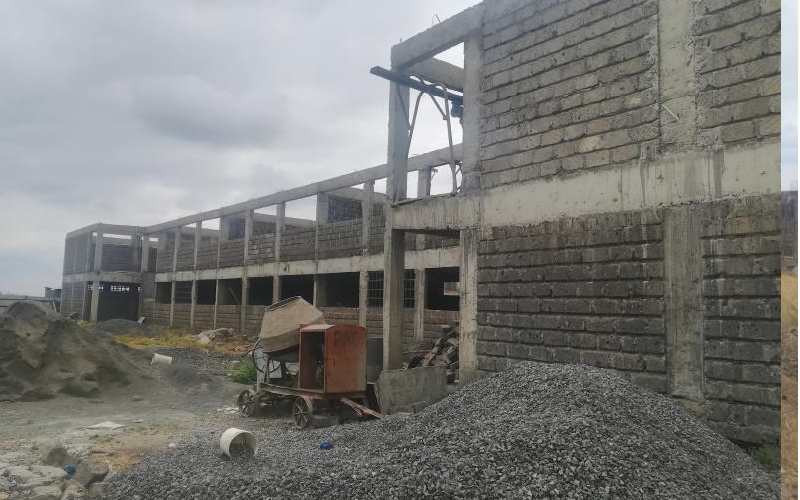
About 60,000 children and youth live on the streets of Nairobi and this number is increasing.
For many children, their day to day survival can rely on scavenging, begging and picking through rubbish, they are vulnerable and in risk of being subjected to discrimination and marginalization, making it more and more difficult for them to integrate back into society.
Nonetheless in 2015, Nairobi governor Evans Kidero led the foundation stone of Ruai Rehabilitation center where street children were to be housed after its completion which was supposed to be in 2 years at a cost of 126m Kenyan shillings.
8 years down the line, and throughout the governorships of 3 governors, the facility is nowhere near completion and the cost of the contractor has yet to be paid.
Residents of Nairobi have been complaining about the increase in street children across the city, with many wondering if the county government will force street children to be moved out of the city.
A lot of street children end up on the street due to abandonment, domestic conflict or extreme poverty at home.
Many of these street children abuse solvents to cope with the reality of their situation, feelings of extreme hopelessness and to suppress hunger.
They have no official identification to recognize them as citizens and hence lack protection, a lot of children are subjected to exploitation, manipulation, harassments, violence and many forms of abuse.
Malnutrition and poor sanitation, sexual abuse and drugs can put them at risk of diseases and HIV/AIDS.
Due to economic growth that has rebounded after the COVID-19 pandemic, the country has still had to deal with years of severe drought, economic mismanagement and rising commodity prices as a result of the war in Ukraine.
The rising cost of living in Kenya has made it more harder for families to sustain their daily basic needs including food, hence pushing more children to the streets.

Leave a Reply